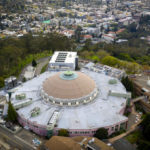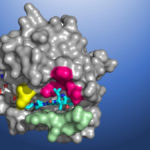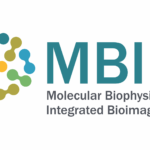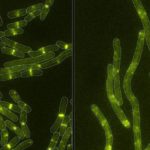On March 31, a small team of staff at Berkeley Lab’s Advanced Light Source (ALS), which produces beams of X-rays and other types of light to support a wide variety of experiments for researchers around the world, launched several COVID-19-related experiments for other scientists who controlled the work remotely. X-rays allow researchers to map out the 3D structure of proteins relevant to diseases at the scale of molecules and atoms. Structural studies can lead to drugs that target and attack the virus while leaving other vital systems intact, for example, or that can otherwise improve the body’s defenses against the virus.
Cancer Drug Discovered with ALS Help Enters Phase 2 Trials
Seeking to develop a direct inhibitor of a mutant protein caused by errors in the KRAS gene, researchers at Amgen conducted X-ray crystallography of KRAS(G12C) proteins using the Berkeley Center for Structural Biology (BCSB) beamlines at the Advanced Light Source (ALS). The high-resolution structural maps generated from the data acquired revealed a small pocket on the molecule. Now, an investigational cancer drug that binds in this pocket will be evaluated in phase 2 clinical trials.
MBIB Leadership Changes Announced
Molecular Biophysics and Integrated Bioimaging (MBIB) Division Director Paul Adams has announced a number of changes in the Division leadership, effective October 1. Earlier this summer, Corie Ralston agreed to serve as the Interim Director of the Molecular Foundry’s Biological Nanostructures Facility. She will step down as MBIB Division Deputy and remain as the Head of the Berkeley Center for Structural Biology (BCSB) at the Advanced Light Source (ALS).
Newly Characterized Toxin Gives Bacterium a Leg Up on the Competition
Bacteria deploy various biological mechanisms to fend off their competition, which are often other bacteria. In some cases, they secrete toxins in their fight for survival. A newly discovered toxin stands out from others in the battle for microbial domination. Marc Allaire, Molecular Biophysics & Integrated Bioimaging (MBIB) Division researcher, worked with a team led by Joseph Mougous of the Howard Hughes Medical Institute and University of Washington School of Medicine, to characterize this new toxin.
Was this page useful?


